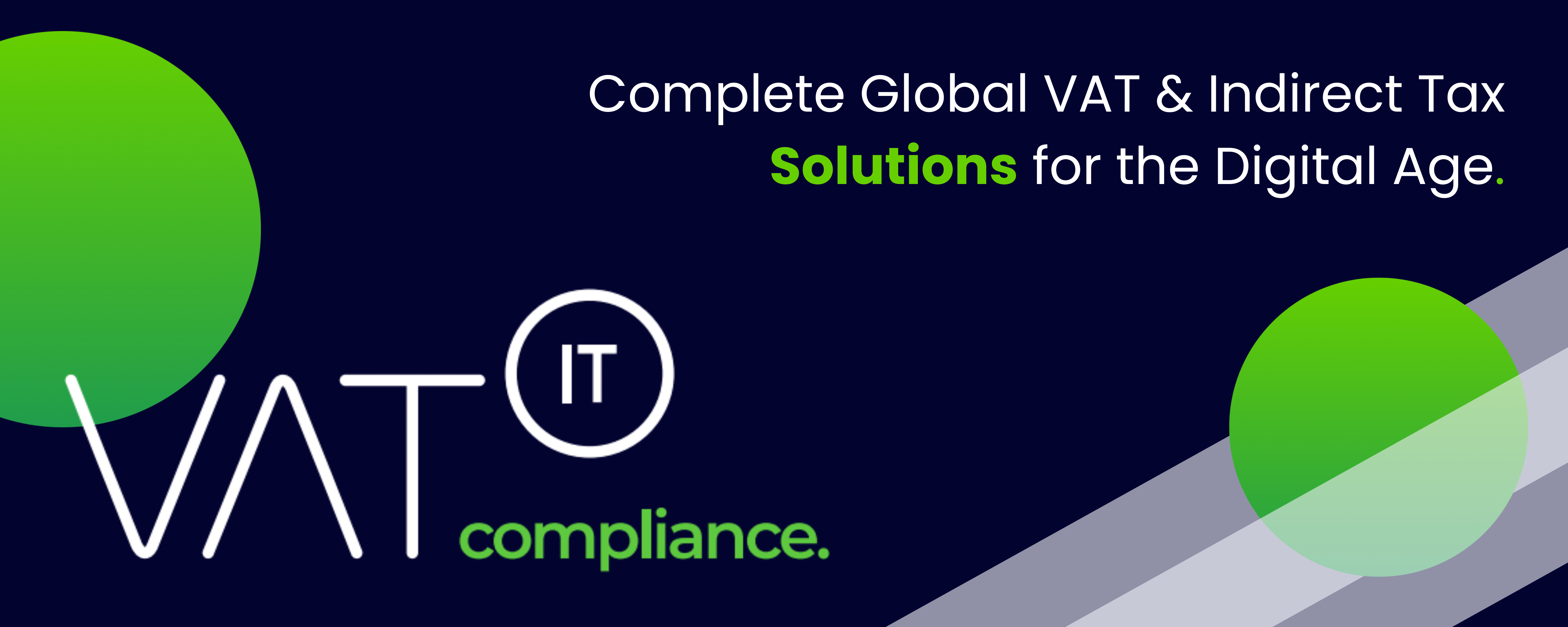Mandatory goods and service tax (GST) electronic invoicing (“e-invoicing”) was launched in India for certain taxpayers in October 2020, and taxpayers with annual turnover exceeding INR 200 million currently are subject to the mandatory e-invoicing rules. This article examines some of the benefits that have resulted following the introduction of e-invoicing, including a simplified compliance process, and suggests that reducing the threshold for mandatory e-invoicing and making e-invoicing optional for the remainder of taxpayers could result in additional benefits for both taxpayers and the tax authorities.
Source: taxathand.com
Latest Posts in "India"
- CESTAT Rules Preloaded Software Must Be Included in Customs Valuation of Navigation Devices
- GST Council Eases Compliance: Credit Notes No Longer Tied to Invoices, Benefits FMCG Sector
- India’s GST Overhaul: Key Insights on October 2025 Tax Rate Changes and Implications
- FM Sitharaman Confirms GST Rate Cut Implementation on September 22, 2025
- Government Reduces GST Across Sectors, Prices to Drop from September 22, Boosting Consumer Demand















